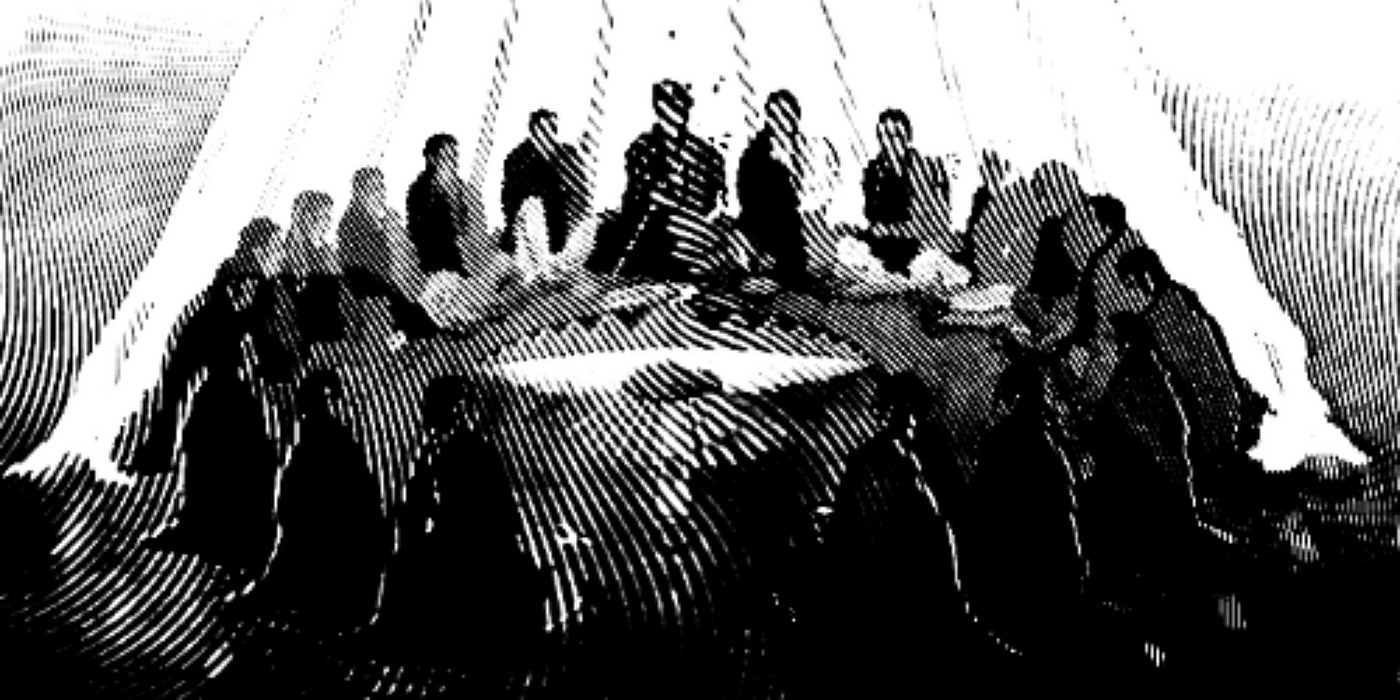
Peyotism is a religious movement that centers around the use of peyote, a small cactus with psychoactive properties. Originating among Native American tribes, this practice blends traditional beliefs with Christian elements. But what exactly is Peyotism? In short, Peyotism is a spiritual practice that uses peyote as a sacrament to connect with the divine. The movement began in the late 19th century and has since spread across various tribes in North America. Peyote ceremonies often involve singing, drumming, and prayer, creating a communal experience aimed at healing and spiritual growth. Despite legal challenges, Peyotism remains a vital part of many Native American cultures, protected under specific laws that recognize its religious significance. Curious about the details? Here are 33 fascinating facts about this unique spiritual tradition.
What is Peyotism?
Peyotism is a religious practice centered around the use of peyote, a small cactus with psychoactive properties. This practice is deeply rooted in Native American culture and spirituality.
- Peyote is a small, spineless cactus native to Mexico and the southwestern United States.
- The psychoactive compound in peyote is mescaline, which induces altered states of consciousness.
- Peyotism is practiced by various Native American tribes, including the Navajo, Huichol, and Comanche.
- The Native American Church (NAC) is the primary organization that practices Peyotism.
- Peyote ceremonies often involve singing, drumming, and prayer.
- The use of peyote in religious ceremonies is protected under U.S. federal law for members of the NAC.
Historical Background of Peyotism
Understanding the history of Peyotism provides insight into its significance and evolution over time.
- Peyote has been used for over 5,000 years by indigenous peoples in the Americas.
- Spanish colonizers attempted to suppress peyote use in the 16th century.
- Despite suppression, peyote use persisted and adapted, becoming a symbol of resistance and cultural identity.
- The NAC was formally established in 1918 to protect and promote the religious use of peyote.
- Peyotism played a role in the Pan-Indian movement, uniting different tribes under a common spiritual practice.
- The U.S. government recognized the NAC's right to use peyote in religious ceremonies in the 1970s.
Cultural Significance of Peyotism
Peyotism is more than just a religious practice; it holds deep cultural and spiritual significance for many Native American communities.
- Peyote is considered a sacred medicine that connects users to the spiritual world.
- Ceremonies often aim to promote healing, guidance, and community bonding.
- The peyote plant is seen as a teacher and a source of wisdom.
- Participants in peyote ceremonies often report visions and spiritual revelations.
- The practice of Peyotism helps preserve traditional knowledge and cultural heritage.
- Elders play a crucial role in guiding and conducting peyote ceremonies.
Legal and Ethical Aspects of Peyotism
The legal status and ethical considerations surrounding Peyotism are complex and multifaceted.
- The American Indian Religious Freedom Act of 1978 protects the religious use of peyote.
- Non-Native Americans generally do not have legal access to peyote for religious purposes.
- There are ongoing debates about the sustainability of peyote harvesting.
- Some argue that commercializing peyote could lead to overharvesting and depletion of wild populations.
- Ethical considerations include respecting the cultural and spiritual significance of peyote for Native American communities.
- The NAC emphasizes the responsible and respectful use of peyote.
Modern-Day Practices and Challenges
Peyotism continues to evolve, facing both opportunities and challenges in the modern world.
- Some tribes have started cultivating peyote to ensure a sustainable supply.
- The NAC has expanded to include members from various tribes across North America.
- Modern peyote ceremonies may incorporate elements of Christianity, reflecting the syncretic nature of the practice.
- Legal battles continue over the right to use peyote, especially for non-Native practitioners.
- The rise of psychedelic research has renewed interest in peyote's potential therapeutic benefits.
- There are concerns about cultural appropriation and the misuse of peyote by non-Native individuals.
- Efforts are being made to educate the public about the cultural and spiritual importance of peyote.
- Some Native American communities are working to revitalize and preserve traditional peyote practices.
- The future of Peyotism depends on balancing cultural preservation, legal rights, and environmental sustainability.
Final Thoughts on Peyotism
Peyotism, a fascinating blend of spirituality and tradition, offers a unique window into Native American culture. This practice, centered around the sacred peyote cactus, has been a cornerstone for many tribes, providing both spiritual guidance and a sense of community. Despite facing legal challenges and misunderstandings, Peyotism has endured, showcasing the resilience and dedication of its followers.
Understanding Peyotism means appreciating its deep roots and the cultural significance it holds. It's not just about the rituals but the profound connection to nature and the spiritual world. This practice continues to thrive, adapting while preserving its core values.
For those curious about Peyotism, it's a reminder of the rich tapestry of human beliefs and the enduring power of tradition. Embracing this knowledge enriches our understanding of the diverse ways people seek meaning and connection in their lives.
Was this page helpful?
Our commitment to delivering trustworthy and engaging content is at the heart of what we do. Each fact on our site is contributed by real users like you, bringing a wealth of diverse insights and information. To ensure the highest standards of accuracy and reliability, our dedicated editors meticulously review each submission. This process guarantees that the facts we share are not only fascinating but also credible. Trust in our commitment to quality and authenticity as you explore and learn with us.


